Labyrinth spillway CFD Simulation
$80.00 Student Discount
- The problem numerically simulates the Labyrinth spillway using ANSYS Fluent software.
- We design the 3-D model by the Design Modeler software.
- We Mesh the model by ANSYS Meshing software, and the Polyhedra element number equals 99,248.
- The VOF Multiphase model is selected to define water and air in channels.
To Order Your Project or benefit from a CFD consultation, contact our experts via email ([email protected]), online support tab, or WhatsApp at +44 7443 197273.
There are some Free Products to check our service quality.
If you want the training video in another language instead of English, ask it via [email protected] after you buy the product.
Description
Labyrinth spillway CFD Simulation, ANSYS Fluent Tutorial
Description
The spillway is a structure used to control the height of stored water behind a dam or a levee downstream, mostly in a riverbed. It has different types that can be used considering the needs.
The incoming water increases the stored water level behind the spillway and goes beyond the dam capacity. As a result, the extra water is discharged from the spillway to the downstream river.
The 3D geometry was created in Design Modeler software. A labyrinth spillway is located in the middle of a channel to control the height of stored water behind it. In addition, an unstructured mesh grid was carried out using ANSYS Meshing software, and overall, 464,175 elements were generated. Still, After hiring ANSYS Fluent software’s “Make Polyhedral “capability, the number of elements has reached 99,248.
This CFD project is the 14th episode of the ANSYS Fluent General Training Course.
Methodology: Labyrinth spillway
The simulation is Transient(unsteady) in order to capture the behavior of fluid over time. The Pressure-based solver type is used due to the incompressibility of the working fluid. The gravitational acceleration effects are considered by defining 9.81 m/s^2 in the negative direction of Y. This project simulates different solution phases using the VOF Multiphase model.
Conclusion
The height of stored water behind the spillway is equal to the spillway’s height, while the incoming water goes extra to the dam capacity.
The extra water is discharged from the labyrinth spillway to the downstream river to control the dam level. As the animations and contours show, the incoming water cause turbulence and pushes the stored water downstream. After overflowing from the dam, the flow moves with a higher velocity to the outlet.
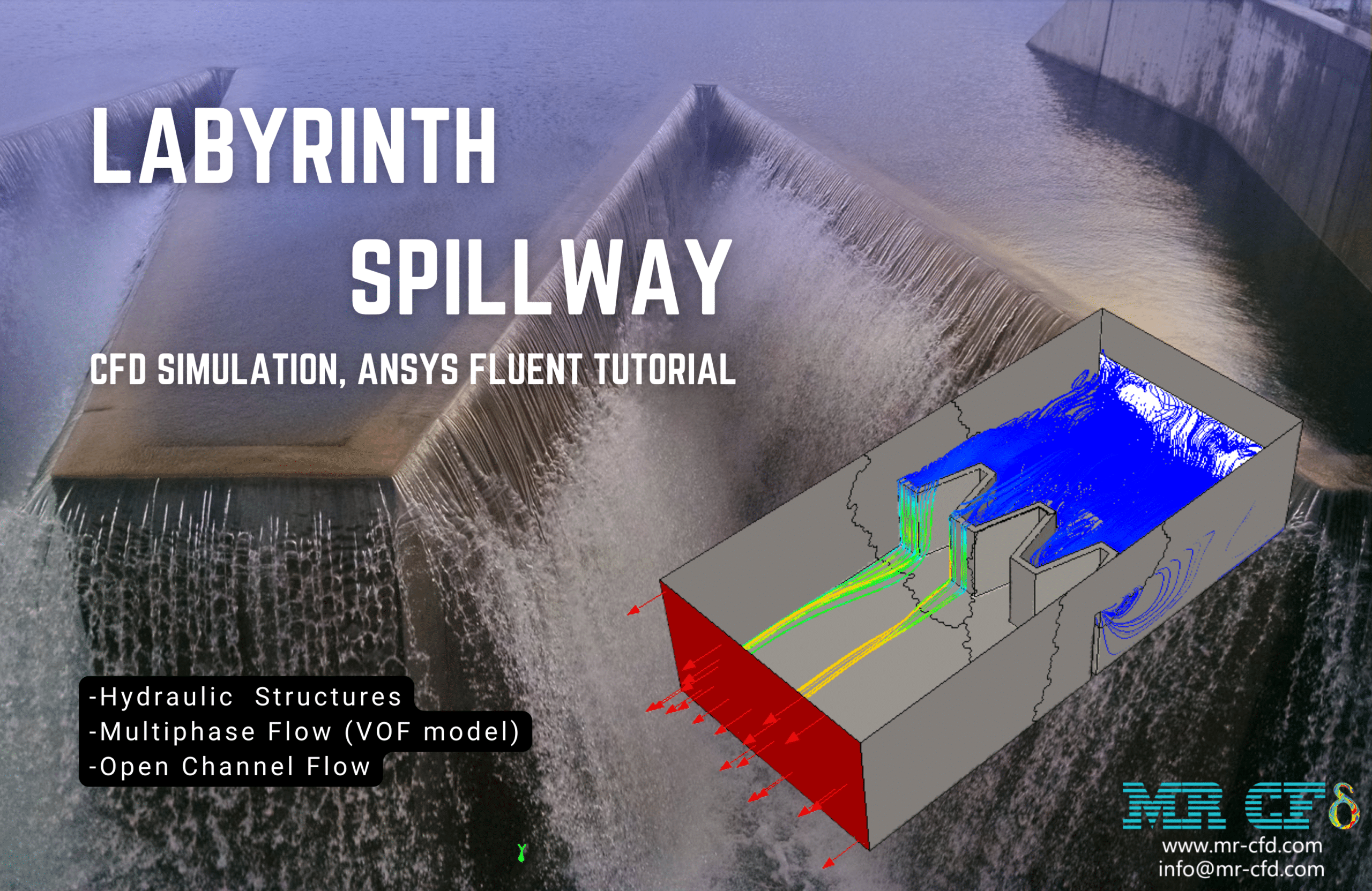
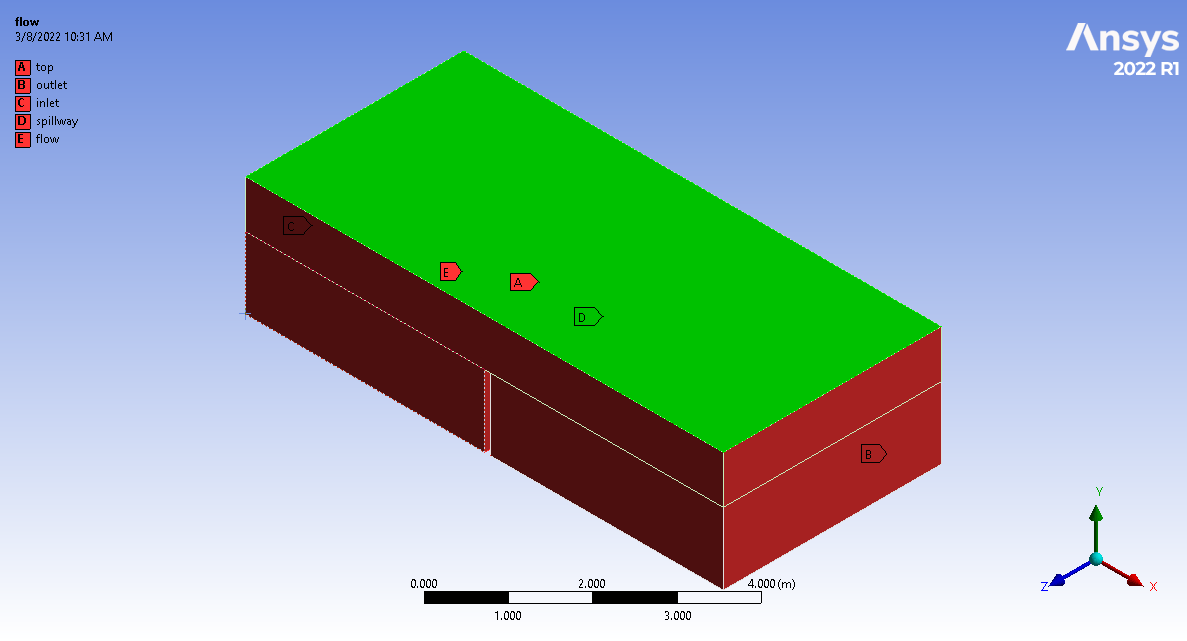
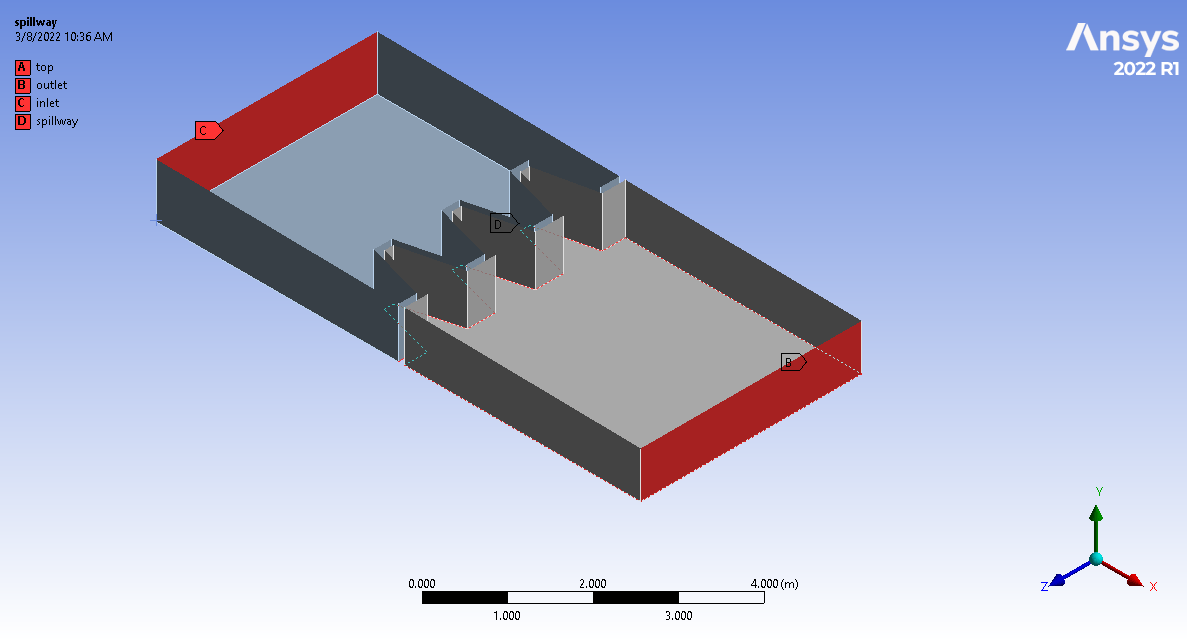
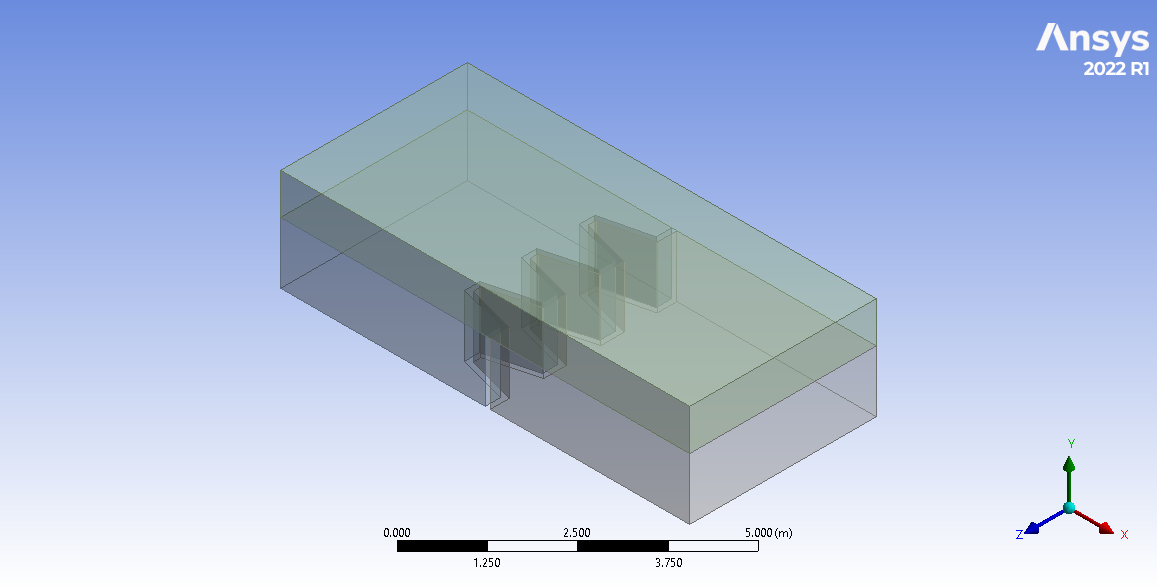
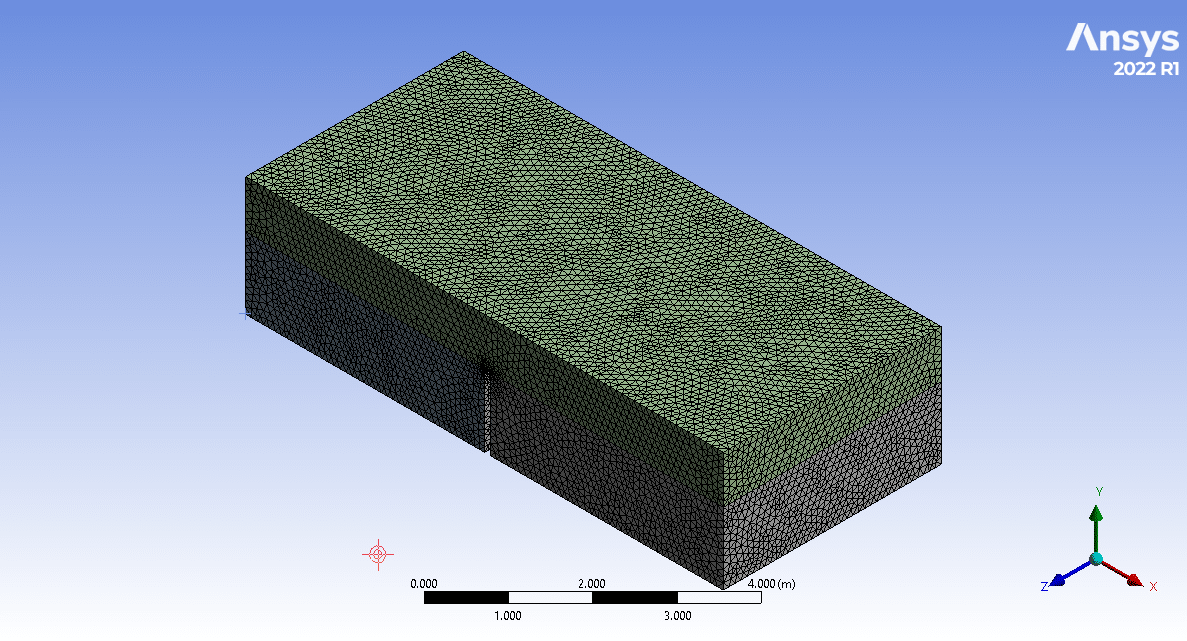
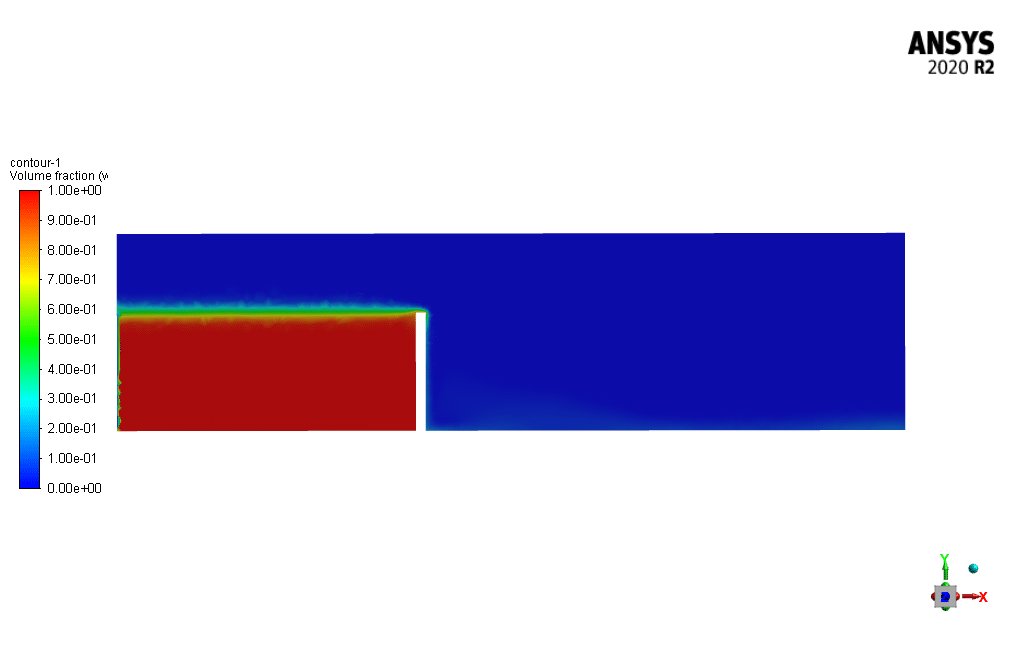
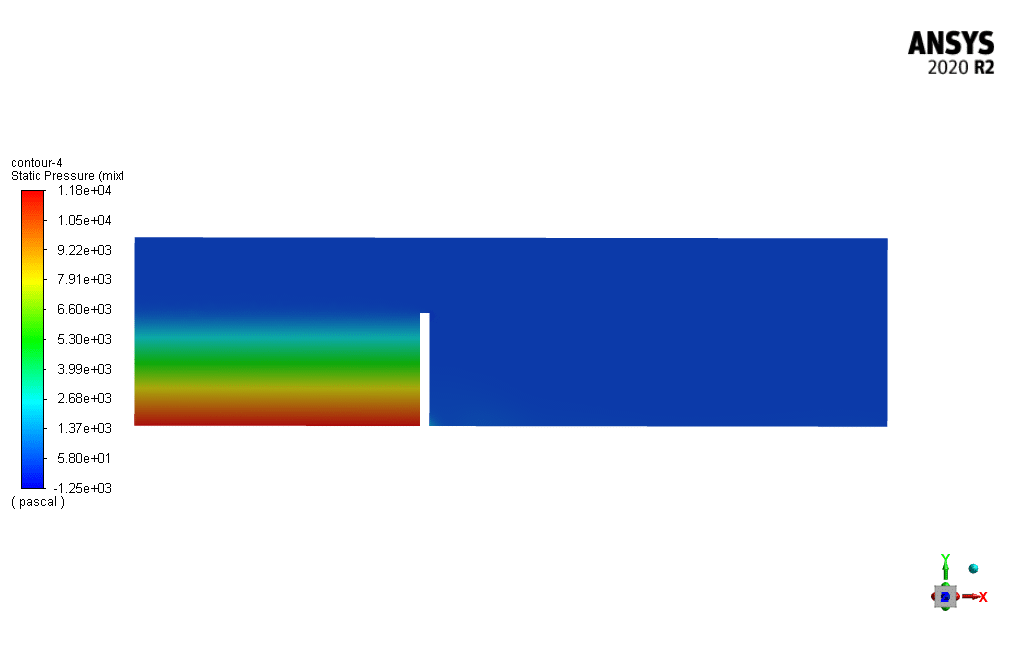
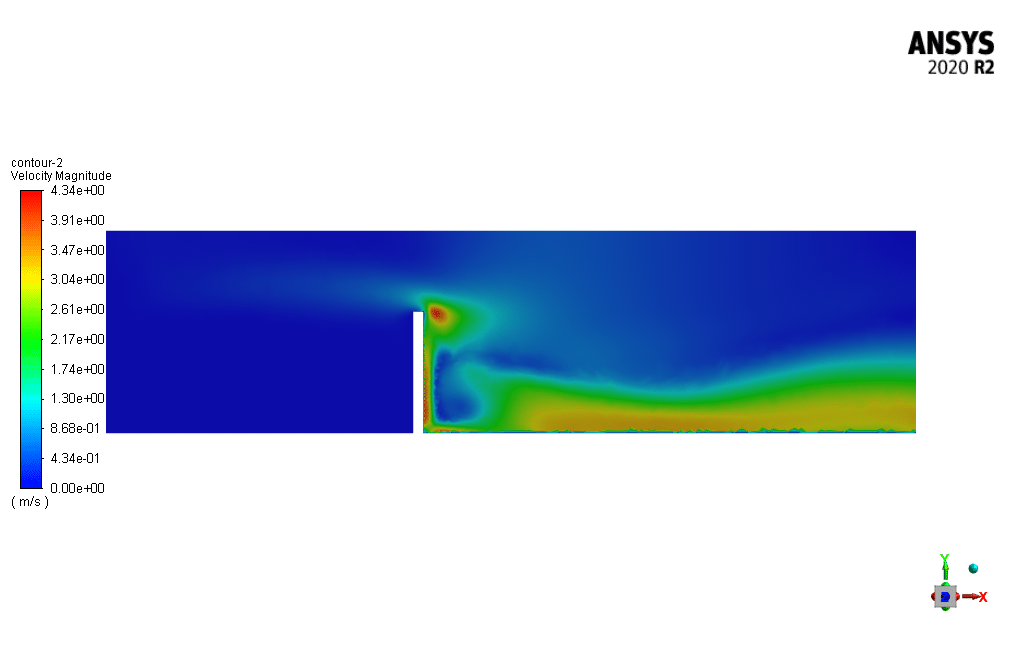
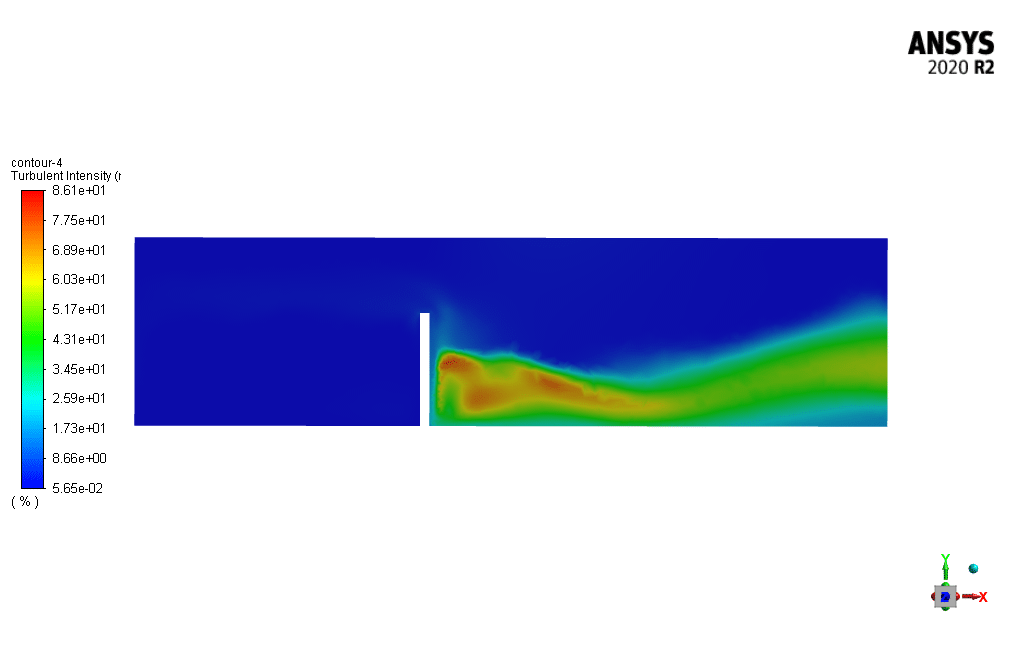
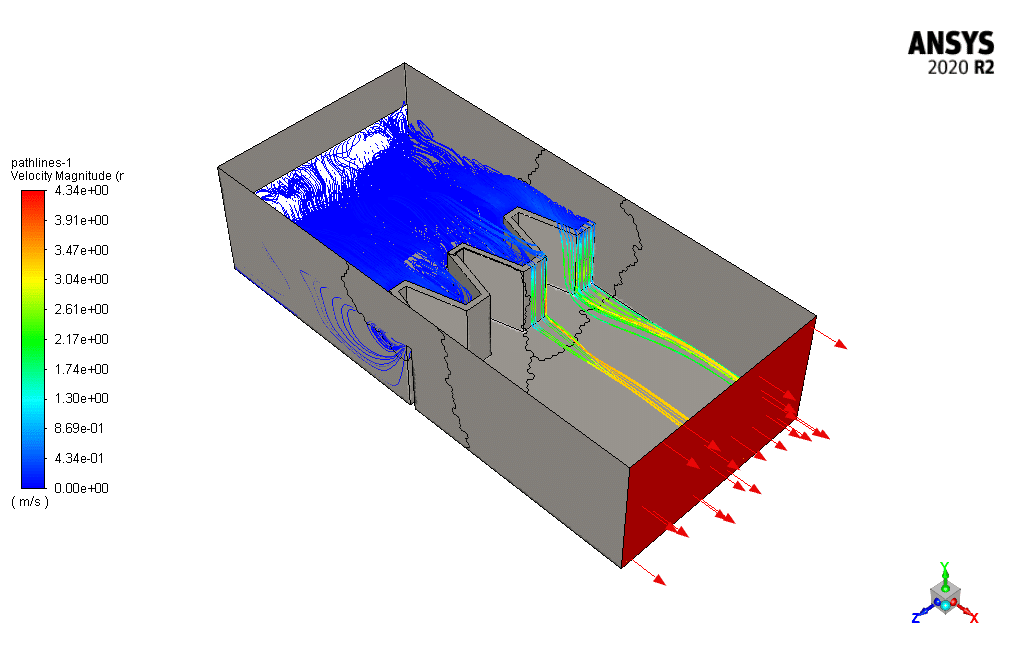
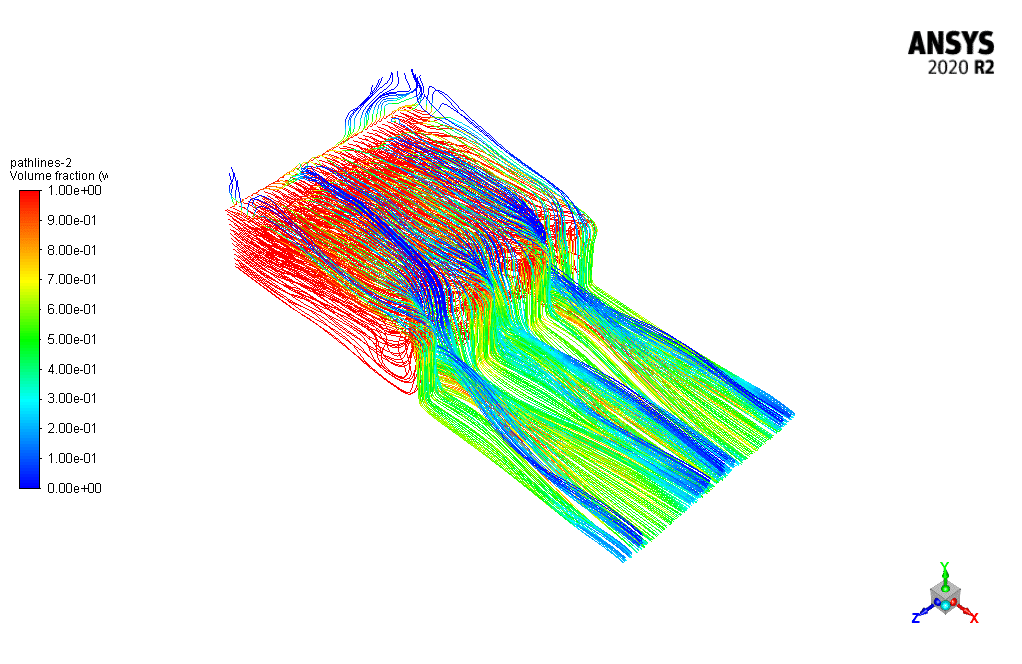
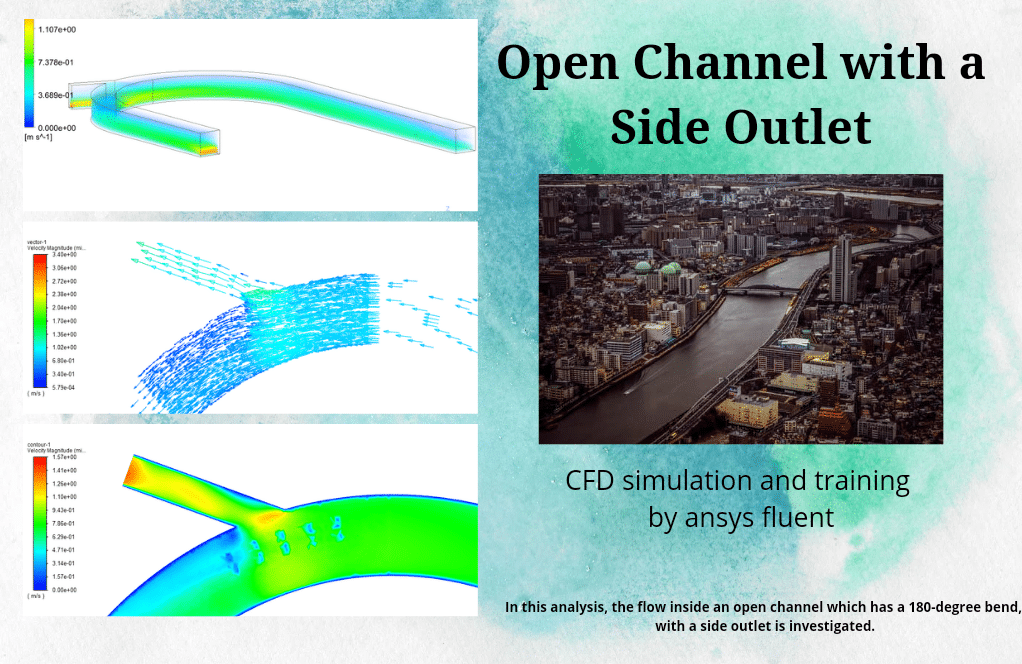
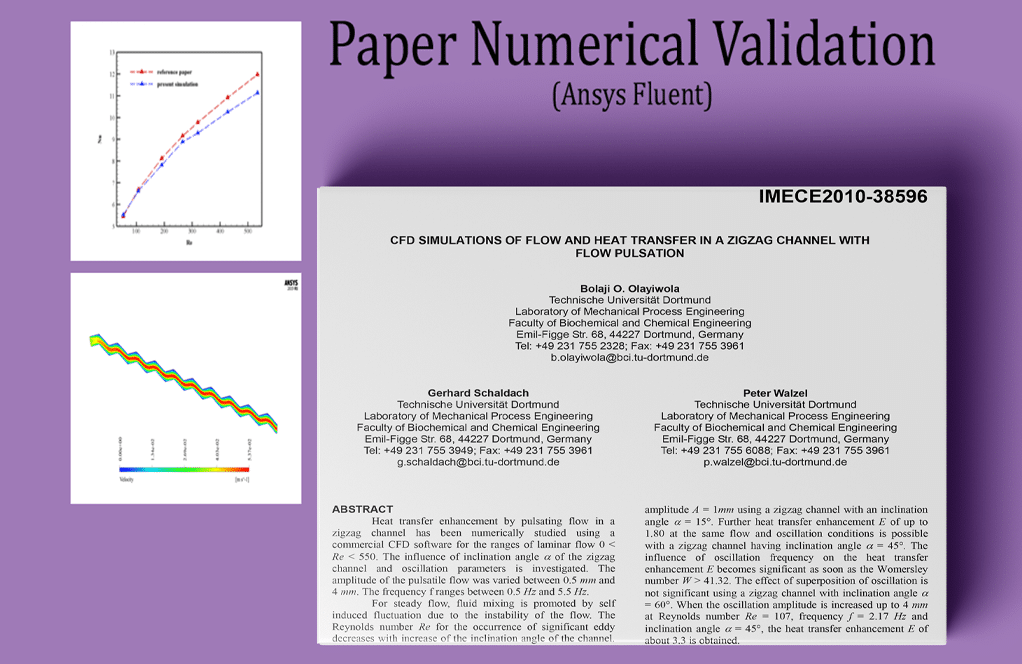

Arden Huel –
The simulation work you displayed in explaining the Labyrinth spillway CFD Simulation is fantastic! The results showed the complexities of water behavior quite impressively.
MR CFD Support –
Thank you for your kind words! We’re thrilled to hear that the Labyrinth spillway CFD simulation results met your expectations and helped outline the fluid dynamics involved. We strive to offer informative and accurate simulations, and your feedback is important to us.
Owen Feeney Sr. –
This labyrinth spillway simulation seems very detailed. Does the model take into account the surface tension effects between the water and air, particularly at the spillway crest?
MR CFD Support –
The provided simulation of the Labyrinth spillway uses the VOF multiphase model, which is capable of capturing the interface between two different phases. For a detailed simulation like this, surface tension effects can be included as part of the VOF model, allowing for a more accurate representation of the water-air interface, especially at critical points such as the spillway crest.
Mr. Richmond Kshlerin –
The Labyrinth spillway CFD simulation course was a true deep dive into water management engineering with ANSYS Fluent. Detailed methodology with step-by-step explanations provided a better understanding of this essential structure in water control systems. The VOF Multiphase model was an excellent choice for observing the complexities of flow behavior.
MR CFD Support –
We’re thrilled to hear you found the Labyrinth spillway tutorial insightful and useful. It’s great to know that our detailed approach and choice of simulation methods enriched your learning experience. Thank you for taking the time to share your positive feedback!
Miss Shaina Yost –
I’m amazed by how such a complex system like a labyrinth spillway is simulated. Could you share some details on how accurate the simulation is compared to real-world measurements?
MR CFD Support –
Thank you for your kind words! In simulations like the labyrinth spillway with ANSYS Fluent, accuracy is highly dependent on the quality of input data, mesh resolution, and fidelity of the CFD model to real-world physics. Our video demonstration might help you get a broad idea of the workflow and the results obtained, but we ensure to follow industry best practices and validate simulations against experimental or field data wherever available, to achieve reliable accuracy. Nevertheless, for specific validation details, comparing simulation results with real-world measurements would require additional data or studies not covered in the general training course.
Lyda Hermann –
The Labyrinth spillway simulation tutorial seems incredibly detailed. The animation provided in the results is very helpful for visualizing the flow. Can you tell me how turbulence is modeled in this simulation, and does it capture the complex flows typical in spillway scenarios accurately?
MR CFD Support –
In the Labyrinth spillway simulation, the turbulence is modeled using one of the turbulence models available in ANSYS Fluent, which could be models like k-epsilon or k-omega, offering a way to capture the complexities of turbulent flows in the spillway environment. These models can accurately predict the eddies and recirculation zones that typically occur as the when the water overpasses the dam and discharges downstream. Yes, they are designed to handle the intricacies of turbulent flows like those observed in spillway scenarios.
Kayley Casper –
What is the quality of the mesh used in this simulation, and will it influence the accuracy of the simulation?
MR CFD Support –
The unstructured mesh grid was refined to have 99,248 elements after using ANSYS Fluent’s ‘Make Polyhedral’ feature to optimize element quality, aiming to balance accuracy and computation cost effectively. Mesh quality is critical in capturing the flow’s complexity, especially over complex geometric features like those in a labyrinth spillway. High-quality mesh ensures better representation of the flow physics, therefore improving the overall accuracy of the CFD simulation.
Mrs. Lisa Williamson –
I’m really impressed with the intricate details and animations showcased in the Labyrinth spillway CFD simulation tutorial. The visual representations helped me understand the fluid behavior over the spillway very clearly.
MR CFD Support –
Thank you for your positive feedback! We’re delighted to hear that our tutorial was helpful to you and provided clear visualizations of the spillway simulation. Your understanding of the fluid dynamics involved is exactly what we aim for with our tutorials. If you have any more questions or need further assistance, please feel free to ask!
Skylar Carroll –
I’m really impressed with how the Labyrinth spillway simulation captures the complexity of water flow. The contours and animations must display the intricate details very effectively. Learning about spillway behaviors through such simulations must be very enriching for an engineering student or a professional in the field.
MR CFD Support –
We are thrilled to hear that you enjoyed the Labyrinth spillway simulation and found it educational and insightful. Thank you for sharing your positive experience. If you have any further questions or require additional information, please don’t hesitate to ask. Thank you for choosing our learning modules to enrich your knowledge in CFD simulation.
Dr. Ricardo Bosco –
The Labyrinth spillway simulation tutorial sounds exciting. Can beginners with only basic knowledge in CFD also follow this tutorial effectively? Will there be additional support if there are questions mid-way through learning?
MR CFD Support –
Yes, this tutorial is designed to guide users of various skill levels, even beginners with basic CFD knowledge. If additional questions or the need for support arise while going through the tutorial, our team can be contacted for assistance, and we will do our best to help clarify any concepts or procedural steps.
Dr. Alek Hermann PhD –
The tutorial on the Labyrinth spillway simulation looks very detailed! Following along helped me understand how the VOF Multiphase model can be used effectively.
MR CFD Support –
Thank you for your positive feedback! We’re delighted to hear that you found the Labyrinth spillway tutorial detailed and informative. If you have any more questions or need further assistance with simulations, our team is always ready to help!
Howell Kshlerin –
I really liked how the tutorial included animations that reflected the real-time behavior of the water over the spillway. Thank you, MR CFD team!
MR CFD Support –
Thank you for your kind words! We’re glad to hear that our tutorial on the Labyrinth spillway CFD simulation was helpful and that the animations provided you with a clear representation of the water flow dynamics. We always strive to create educational content that is not only informative but also engaging.
Dr. Ebba Cartwright IV –
I’ve always been fascinated by the intricate designs of labyrinth spillways. The CFD simulation captured the complex flow behaviors so well!
MR CFD Support –
Thank you for your kind words! We are thrilled to hear that our Labyrinth spillway CFD Simulation has impressed you. Our team takes pride in creating detailed simulations that accurately reflect real-world engineering challenges. Your fascination with the intricate designs is shared by our simulation experts, and we’re glad we could convey the complexity effectively.